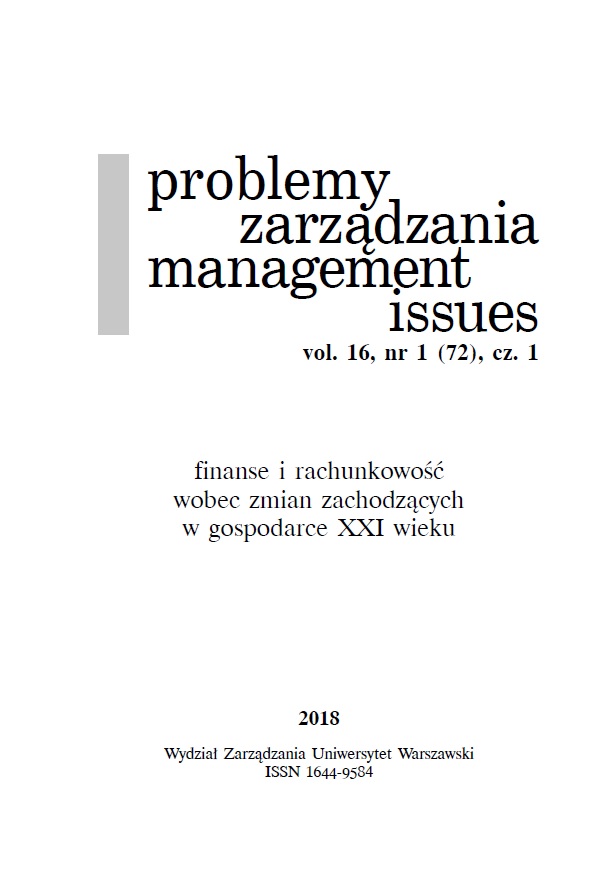Mikro- i makroostrożnościowe standardy płynności banków i ich skutki
Micro- and Macroprudential Liquidity Standards and Their Effects
Author(s): Małgorzata Olszak, Filip ŚwitałaSubject(s): Social Sciences, Business Economy / Management
Published by: Wydawnictwo Naukowe Wydziału Zarządzania Uniwersytetu Warszawskiego
Keywords: liquidity standards; financial stability; macroprudential policy; regulations
Summary/Abstract: This article focuses on liquidity standards whose significance has risen since the recent crisis of 2007/2008. The analysis concentrates on two areas. The first one is identification of common characteristics of liquidity standards recommended in Basel III and provisions included in directives and regulations in the European Union, as well as common traits of Polish supervisory liquidity rules and Basel III standards in this field. The other is identification of effects of liquidity standards. Analysis of Polish supervisory liquidity standards leads to conclusion that they have their counterparts in liquidity standards recommended by the BaselCommittee. Simulations conducted by the Bank for International Settlements show that implementation of liquidity standards will bring more benefits than losses, for both banking (and financial) sector and the real economy. Unfortunately, contemporary empirical research only explains what are the effects of application of reserve requirements used in monetary policy. So little is known about the effects of other instruments whose track record is relatively short. However, even this scant evidence seems to support the prediction that reserve requirements could potentially be applied as a tool stabilizing financial sector and diminishing systemic risk.
Journal: Problemy Zarządzania
- Issue Year: 16/2018
- Issue No: 1 (72)
- Page Range: 116-149
- Page Count: 34
- Language: English, Polish

